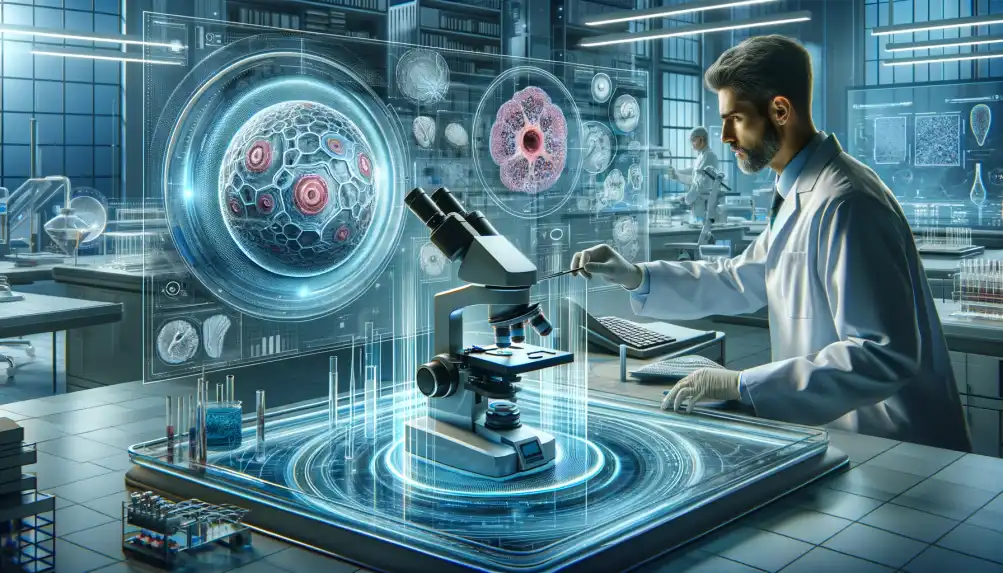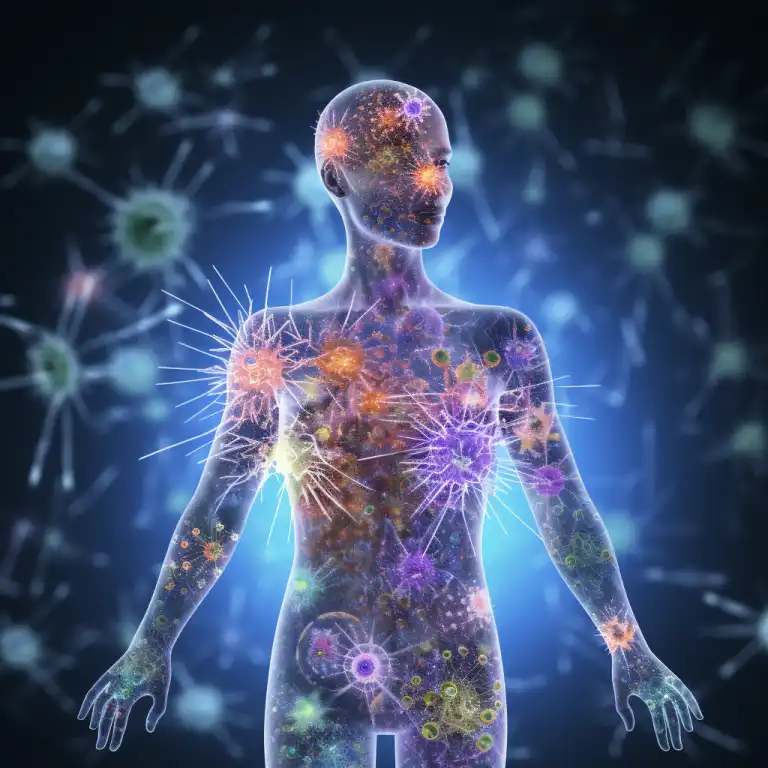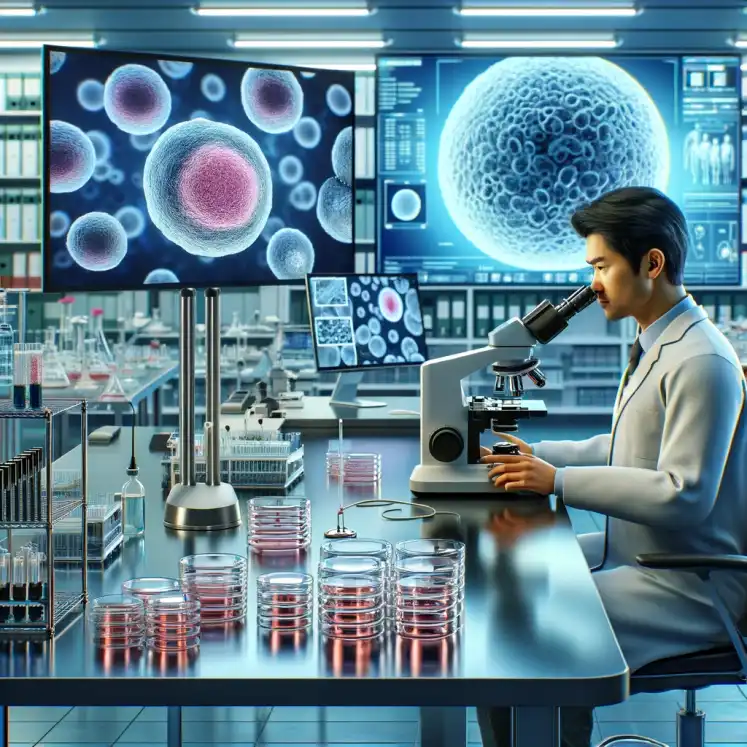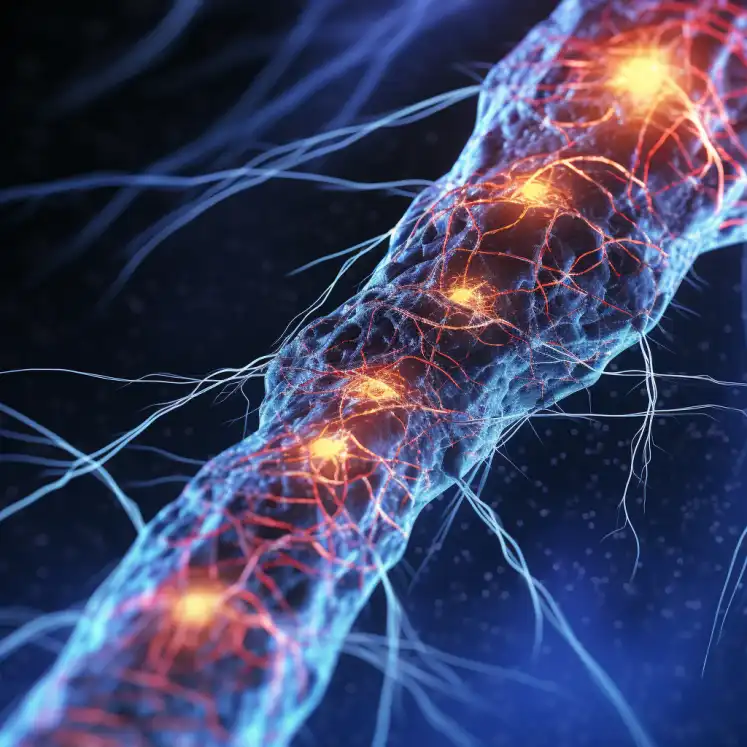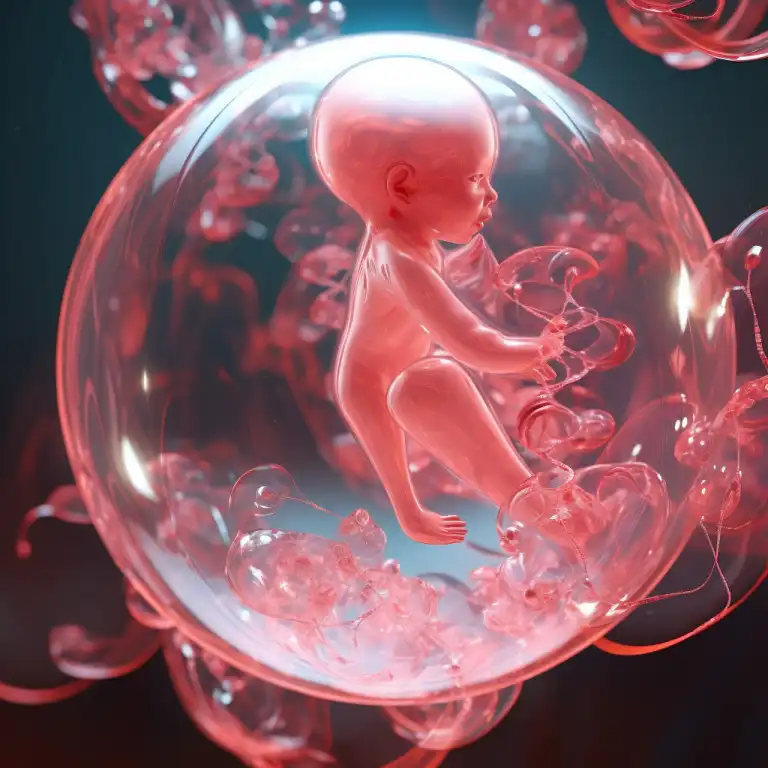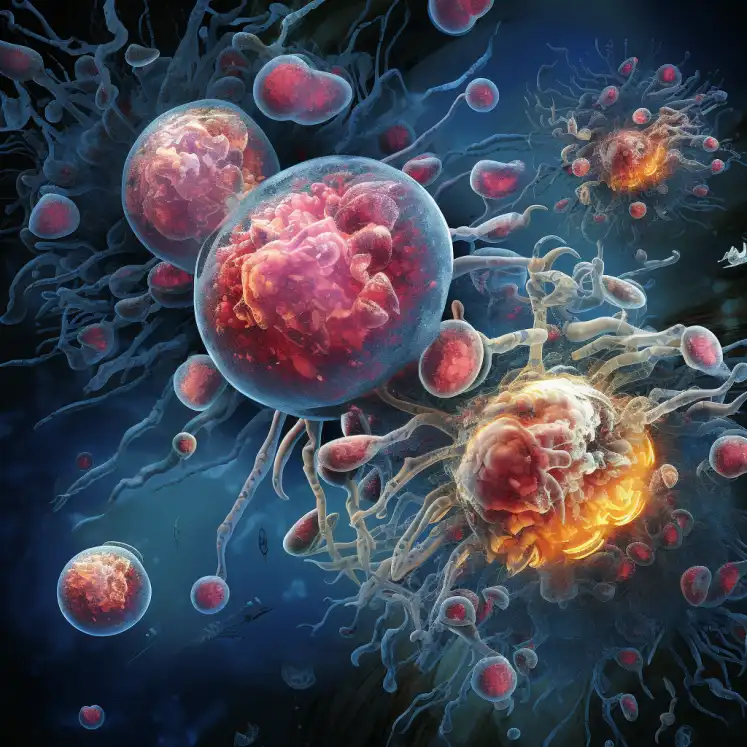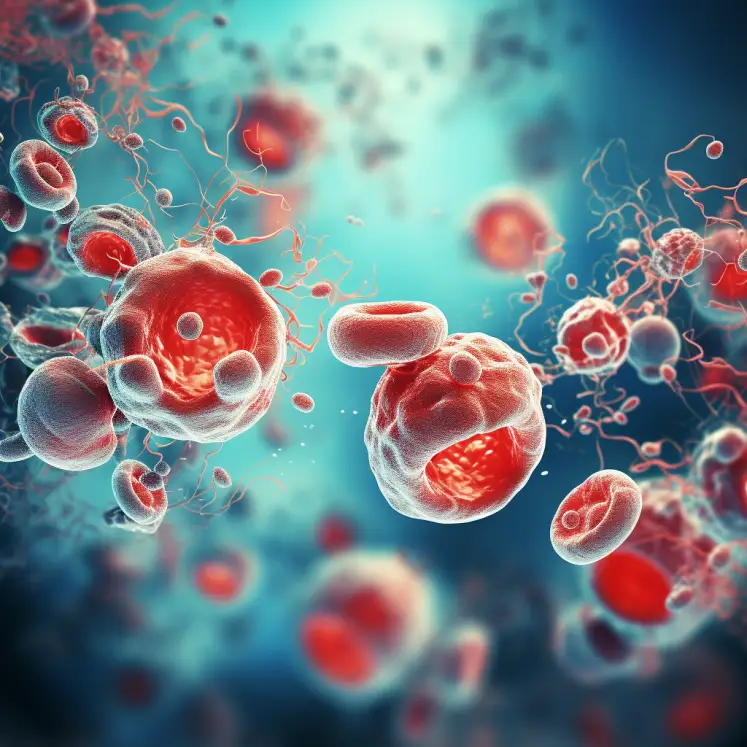Stem cell therapy, also known as regenerative medicine, is a therapeutic approach that promotes the repair response of diseased, dysfunctional, or injured tissue using stem cells or their derivatives. This process, often referred to as stem cell regeneration, involves using the inherent potential of stem cells, which are the cells that develop into blood, brain, bones, and all of the body's organs. Stem cells have the unique ability to repair, restore, replace, and regenerate cells, and could be used to treat a wide range of medical conditions and diseases.
